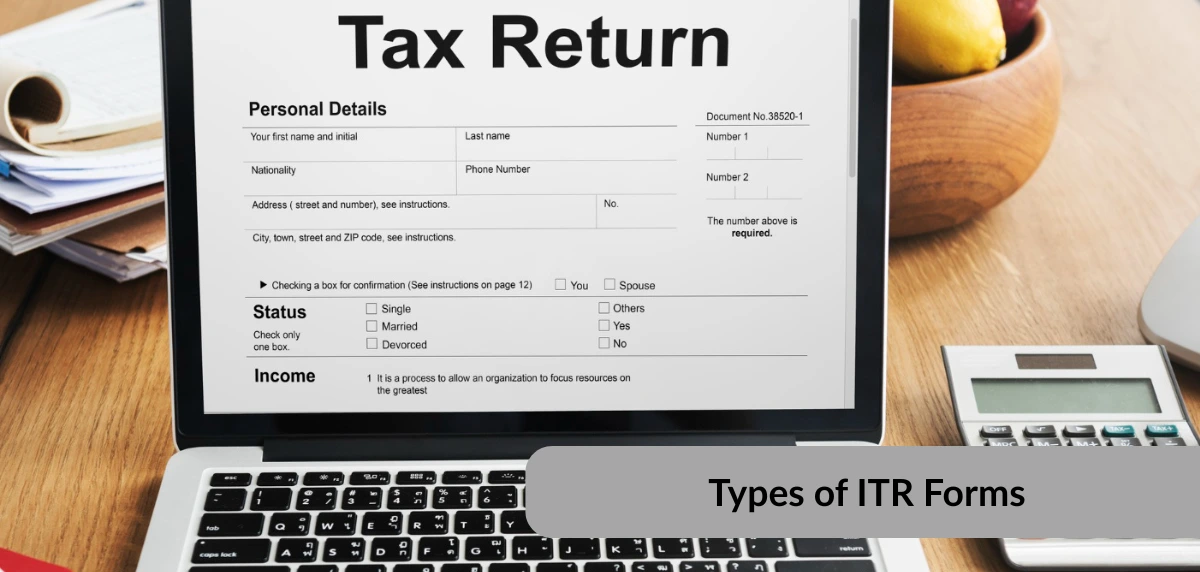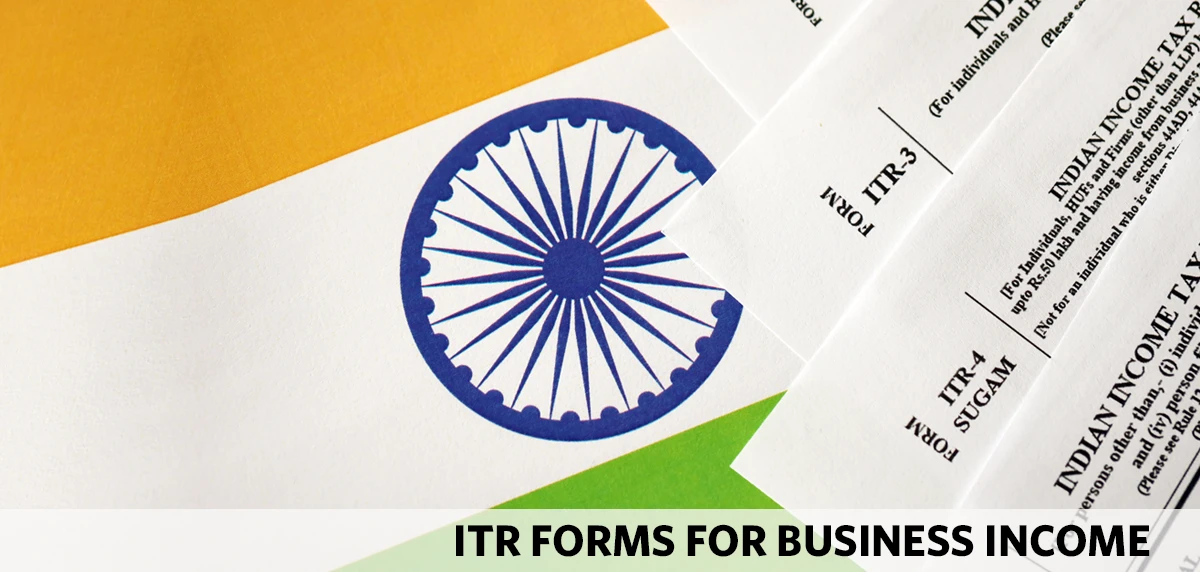Filing your income tax return is an essential financial responsibility. During the process, selecting the correct form is highly important. The full form of ITR is Income Tax Return, a form through which you report your income and taxes paid during the financial year. Based on your income type, source, and other factors, the Income Tax Department has introduced different types of ITR forms to suit each taxpayer category.
Different Types of ITR**
Let’s explore the different ITR forms:
ITR-1 (SAHAJ)
ITR-1, also known as SAHAJ, is the simplest of all ITR forms.
It is meant for resident individuals who:
- Earn up to ₹50 lakh annually from salary
- Receive income from one house property, and/or from sources such as interest income (excluding lottery or race winnings)
- Earn up to agricultural income of ₹5,000
- Earn from long-term capital gains under Section 112A (up to ₹1.25 lakh)
This form is not suitable for individuals with income above ₹50 lakhs, income from more than one house property, capital gains (other than 112A), business income, foreign assets, or those who are company directors.
For salaried employees and pensioners with uncomplicated finances, ITR-1 is the go-to choice. Before they file their ITR, they can compute their liabilities with the income tax calculator.
ITR-2
ITR-2 is designed for individuals and Hindu Undivided Families (HUFs) who do not have income from business or profession but have more complex income sources. This includes:
- Salary
- House property (more than one)
- Capital gains, foreign income, agricultural income above ₹5,000,
winnings from lottery or horse races, and income of a spouse or minor child clubbed with theirs.
Out of the different types of ITR forms, ITR-2 is also applicable if:
- You are a director in a company.
- You have investments in unlisted shares.
It is not applicable to individuals having earnings from businesses.
ITR-3
It is one of the more detailed types of ITR forms and is ideal for small and medium business owners. It is also suitable for doctors, lawyers, and others whose earnings come from self-employment or consultancy (making them eligible to pay professional tax). It covers a large scope of income heads and allows one to report business and personal income together.
The following should choose ITR 3 Form when completing their income tax filing:
- Individuals or HUFs with business or professional income
- Proprietors, freelancers, consultants, and partners in firms
- Individuals maintaining books of accounts or required to get them audited
- Individuals earning income from salary, house property, and other sources
- Partners in a firm (not LLPs).
ITR-3 is ideal for those individuals or HUFs who do not qualify for ITR-1, ITR-2, or ITR-4.
ITR-4 (SUGAM)
ITR-4, or SUGAM, is for residents (individuals, HUFs, and firms excluding LLPs) who opt for presumptive taxation under Sections 44AD, 44ADA, or 44AE.
It is suitable for:
- Those whose income tax slab category falls under ₹50 lakh
- Those with business/professional income, salary, income from one house property, and other sources (excluding lottery and horse races)
- Freelancers and transport operators.
However, the ITR-4 form cannot be used by those with foreign income, more than one house property, or income exceeding ₹50 lakh.
ITR-5
Of the many different types of ITR forms, this form is meant for entities such as:
- Firms
- LLPs (Limited Liability Partnerships)
- Association of Persons (AOPs)
- Body of Individuals (BOIs)
- Investment funds.
It allows declaration of income from all sources, including business, house property, capital gains, and other sources.
This form is not applicable to individual taxpayers or HUFs.
ITR-6
Companies that are not claiming exemption under Section 11 (i.e., charitable or religious organisations) must file ITR-6. Private limited companies and public limited companies are also included. When filing an income tax return via this form, one must do it via electronic mode only.
ITR-7
It is used by trusts, political parties, educational institutions, and other entities that claim tax exemption and are required to file returns under Section 139 (such as 139(4A) to 139(4F)). It is applicable for income derived from charitable, religious, or specific institutional purposes as per the existing tax structure in India.
In addition to the above, there is also the ITR-U form, which you can use to update your previously filed return in case there are any errors or omissions.
Choosing the Right ITR**
If you are still a bit unsure about which ITR to choose, remember these points:
- Check your income sources (such as salary, business, and capital gains).
- Verify your eligibility based on income level and profession.
- Use a tax calculator to estimate liabilities under the latest income tax slab.
- Lastly, consult a tax expert if unsure.
Remember, it is important to file the right ITR, as submitting the wrong one can lead to rejection or notices. Each form serves a specific purpose depending on your income tax slab and status. Understanding the types of ITR forms and choosing the right one ensures accurate income tax filing and an overall smoother tax experience.
** Tax exemptions are as per applicable tax laws from time to time.





















